Burning Bridges – we MOVED to the Tahltan Nation in 2022!
Burning bridges is often mentioned in a negative way. People will warn you right about the time you decide to make a major decision to be careful not to burn your bridges. Don’t make a decision without leaving some kind of path to return on if it doesn’t work out.
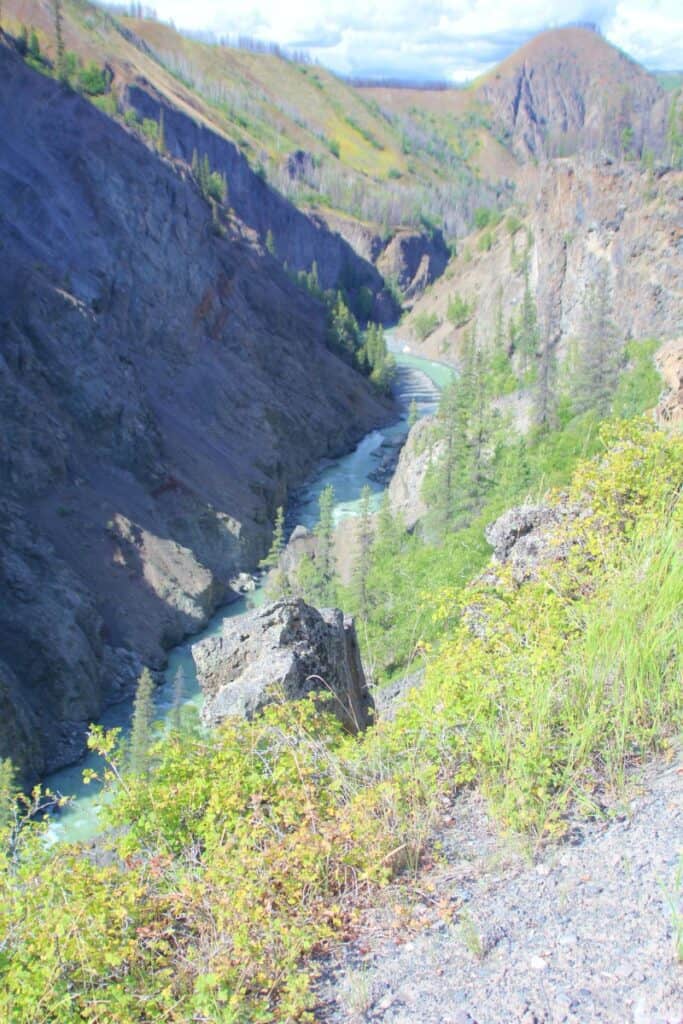
That’s how it was for Kathy and I when we started talking seriously about selling out in “paradise” and moving to the TĀŁTĀN Nation, in northwestern British Columbia. The tāłtān Nation covers an area about the size of New Brunswick, extending right to the BC/Yukon border and even a short distance into the Yukon.
Burning bridges to a balmy climate
The climate is officially subarctic. That means there are at least 4 very definite seasons. I say “at least,” because the people who have lived there for millennia have more than the four inherited from the English language.
For example, the month commonly known as October on the Gregorian calendar corresponds closely to Menh Tenh Tsedle – small lakes freeze – while November corresponds to Menh Tenh Chō – big lakes freeze. That is precisely what you will see. Prior to that is September, the time in which the big ungulates enter the rut – again named as such in the Tahltan language.
The summers in the region are short, usually quite dry, and at least from the end of June to the end of July, often quite hot. Summer days throughout that period are long, with only a very short period of near darkness after midnight.
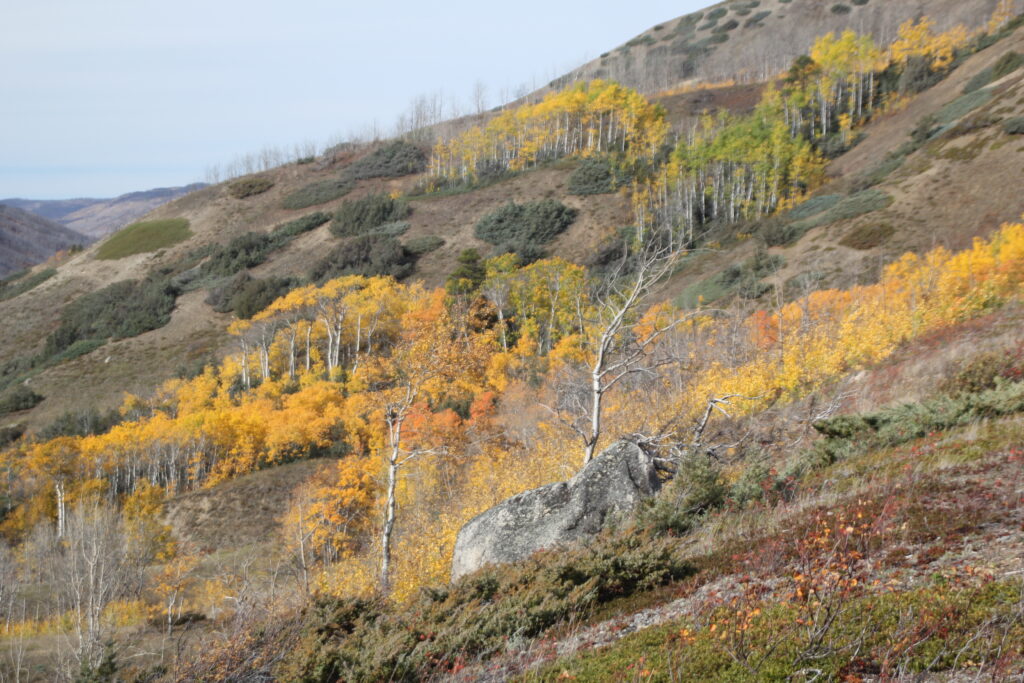 Fall is a beautiful time. The trees change colour ranging from gold to orange to even a few in flaming red. All the evergreens appear to be intensely green during this time. It’s probably the time when I take the most photos of any season.
Fall is a beautiful time. The trees change colour ranging from gold to orange to even a few in flaming red. All the evergreens appear to be intensely green during this time. It’s probably the time when I take the most photos of any season.
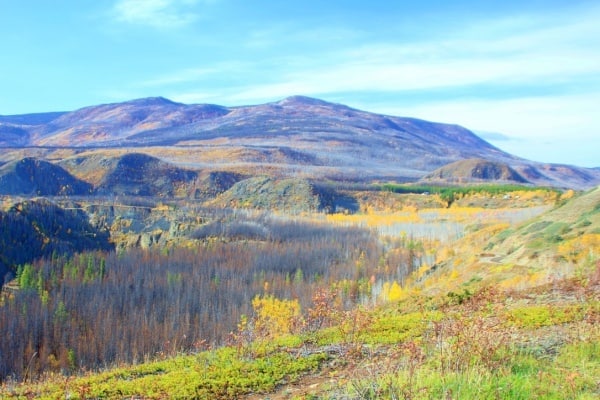 Winters get cold. In 2022, snow came to tātl’a (Dease Lake) the end of the second week of October, and stayed. Normally it would snow, melt, snow, melt, etc. until around December. But in 2022, it decided after it arrived to just stay.
Winters get cold. In 2022, snow came to tātl’a (Dease Lake) the end of the second week of October, and stayed. Normally it would snow, melt, snow, melt, etc. until around December. But in 2022, it decided after it arrived to just stay.
The temperatures dropped right down below -20 Celsius in October, as well. It went right down to -27 C at Todagin Ranch, a few kilometres south of Iskut. That’s chilly! But the coldest weather is generally between the last two weeks of December and the first two weeks of January, when it can go down below -50 C.
The BC Sunshine Coast
We lived on the BC Sunshine Coast, home of the shíshálh Nation, for more than 30 years. Before that, we had been living in the snowbelt in Muskoka, Ontario, for about five years. It went down below -40 C a number of times while we lived there. And before that, except for handful of years when I lived on Vancouver Island and while we went to university in Vancouver, we lived in the north.
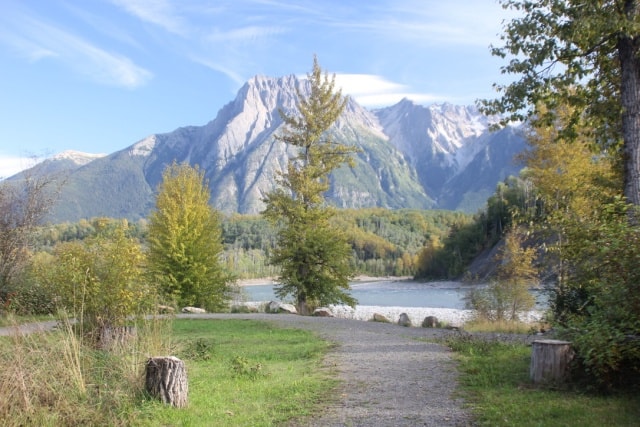
Kathy is from the north coast, Prince Rupert, BC, which is known for being wet, but not very cold. I come from just a few hours south of the tāłtān Nation, the Kispiox Valley, in the Gitxsan Nation. It does get cold there, although not quite as cold as tatl’a. It used to go down below -40 C every years, and once in the early 1970s it went down to below -50 C – definitely time to button up your shirt!
It rarely even gets below freezing on the BC Sunshine Coast. Snow is even rarer, and the joke is that when winter comes, it comes in the morning and spring arrives a few hours later. What you get on the south coast is about four months of summer from mid-May to mid-October, and for the rest of the year, you get mild, wet, weather.
It’s never very cold, but the trade-off is that the days are wet, grey, and dark for most of those other eight months. If you don’t mind the constant “twilight,” you would probably love it. But both Kathy and I really miss bright daylight during those months.
Burning bridges to a balmy climate
For Kathy and I, the balmy climate with its constant dull days for so many months of the year was not enough to keep us there. In fact, we prefer the climate of the north, with it’s changing seasons and bright, if very short days, in the winter.
I have always maintained that when it’s cold, you can put more layers on, but there is a limit to how much you can take off if it gets too hot!
For us, the most difficult part of the decision was knowing we would no longer see our grandchildren all the time. We have been blessed to have them around us from the time they were born. Four of our grandkids live in the United States. The rest live on the Sunshine Coast.
But thanks to modern digital communication, in spite of the spotty and often slow service in the north, we are still able to visit our grandchildren regularly. Even better, they are getting older and several of them have now come to visit!
Expensive real estate
Real estate prices go up everywhere. Sometimes they come down a bit for a while, but they always go back up. But in the balmy south, where so many people dream about retiring and living out their days, the price of real estate keeps going up to the stratosphere. Many who have arrived there hoping to live out their lives in the mild climate have discovered that they can’t afford it.
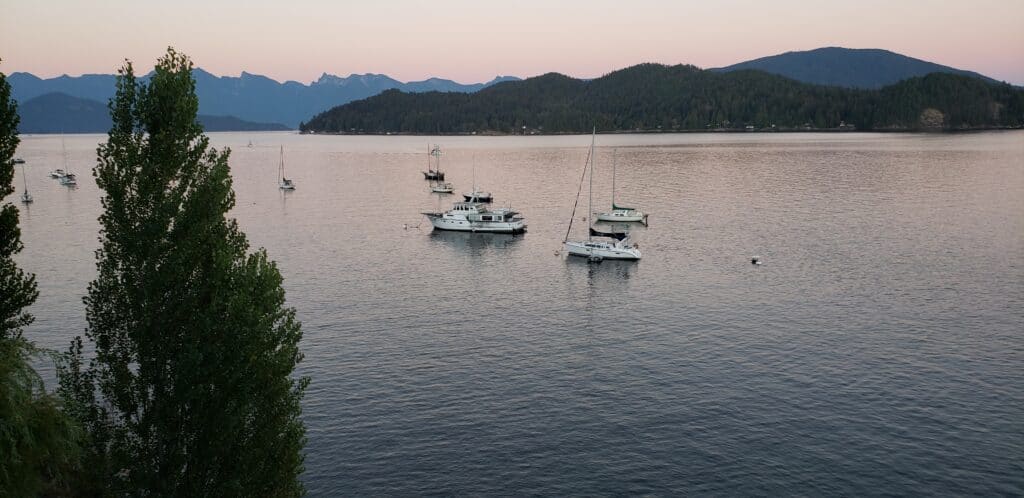
Then there’s the fact that in spite of the Sunshine Coast being located in a temperate coastal rainforest, there are now water shortages every year that keep getting worse. More people than ever want their piece of this expensive real estate, but nothing truly useful is being done to increase the dwindling water supply.
For those presently living there who are reaching retirement age, the property taxes are getting too high to afford. Their dreams of living in the “banana belt” and traveling are vaporizing with the rising cost of living. More and more people are becoming “land rich and cash poor.”
And with the constant watering restrictions due to a completely inadequate reservoir, people can no longer even enjoy any real gardening in their golden years!
Real estate in the tāłtān Nation is not expensive – yet. For someone who sells out on the Sunshine Coast, it’s possible to own a comfortable little home outright, and still have enough left over to travel.
The tāłtān language
Kathy works for the Tahltan Central Government (TCG). Her mandate is the preservation and restoration of the tāłtān language. It is much more effective to work right in the territory to do that then to work from afar. So, moving to the nation made a lot of sense from that point of view.
But there was more. One event upon another convinced me that God, whom I serve, often poorly, intended that we move to the nation. The business he has for me is simply to make known as well as I can by his grace just who the Creator is and how he wants us to live forever. He called us to the north to make it known that he doesn’t just want people to go to some shadowy spirit world after we finish in this one, but that he wants us all to live in his presence forever.
We love the north. We love the seasons, the scenery, the life, but most of all, we love the people. In the end, the decision that lead to burning bridges with the temperate southern life has been easy. It’s where we are meant to be.
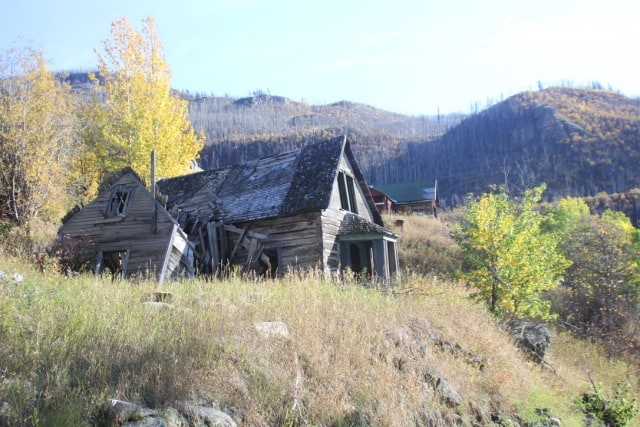
So, in the end, we sold out and bought a nice little “fixer-upper” in tātl’ā, known on Canadian maps as Dease Lake, BC. We also have a small place in Telegraph Creek that is more a pile of wood rubble than anything else at this point, but it has potential. We are comfortable in our little house, and have plenty of wood for the sub-arctic winter.
Burning bridges means not going back
Burning bridges doesn’t mean we can’t go back to visit our family and enjoy those trips from time to time. We have done that and plan to do more.
But what burning bridges means is that you can’t go back to stay. The financial cost is high, and we have no desire to make another huge move like that at this point in our lives. But even more, we love it here. This is now our home!
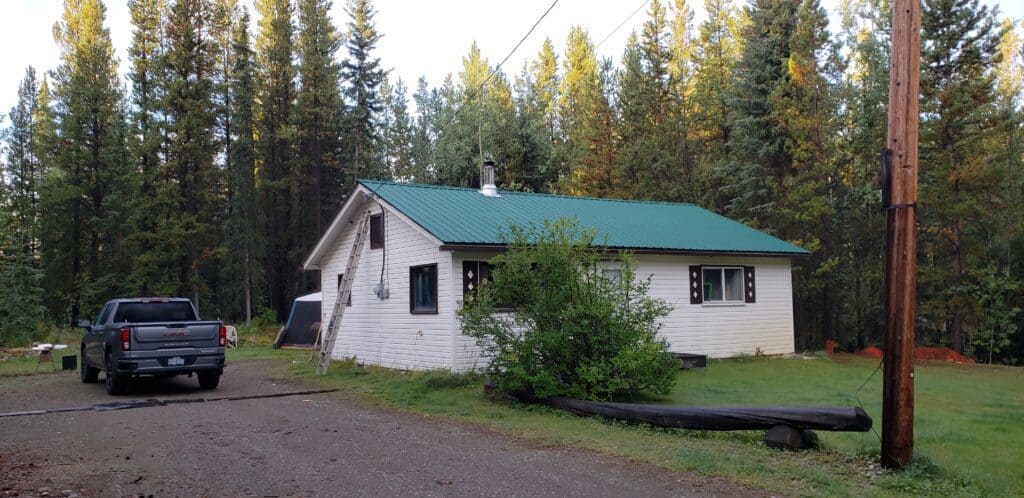
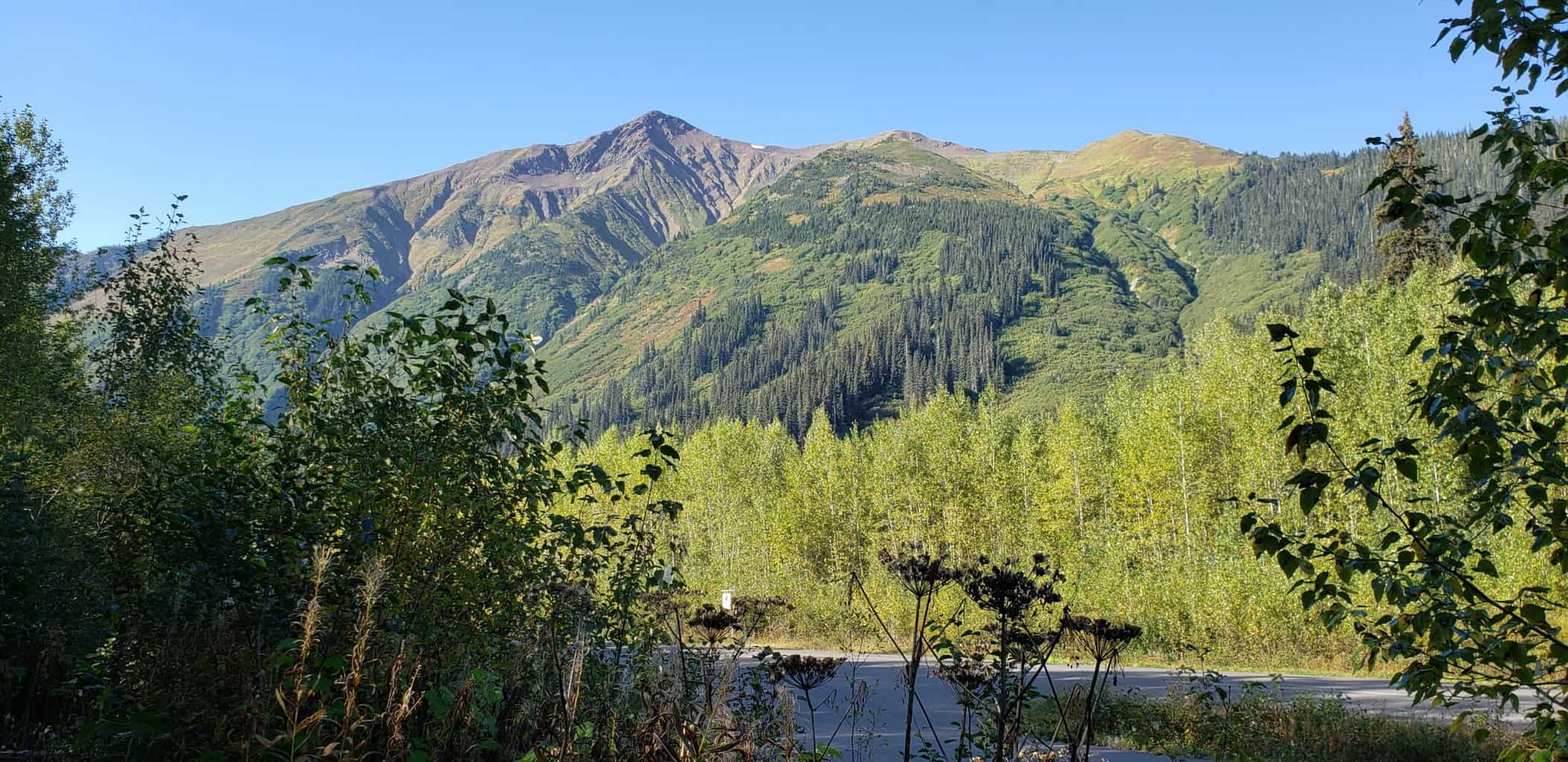
One thought on “Burning Bridges – we MOVED to the Tahltan Nation in 2022!”
Comments are closed.